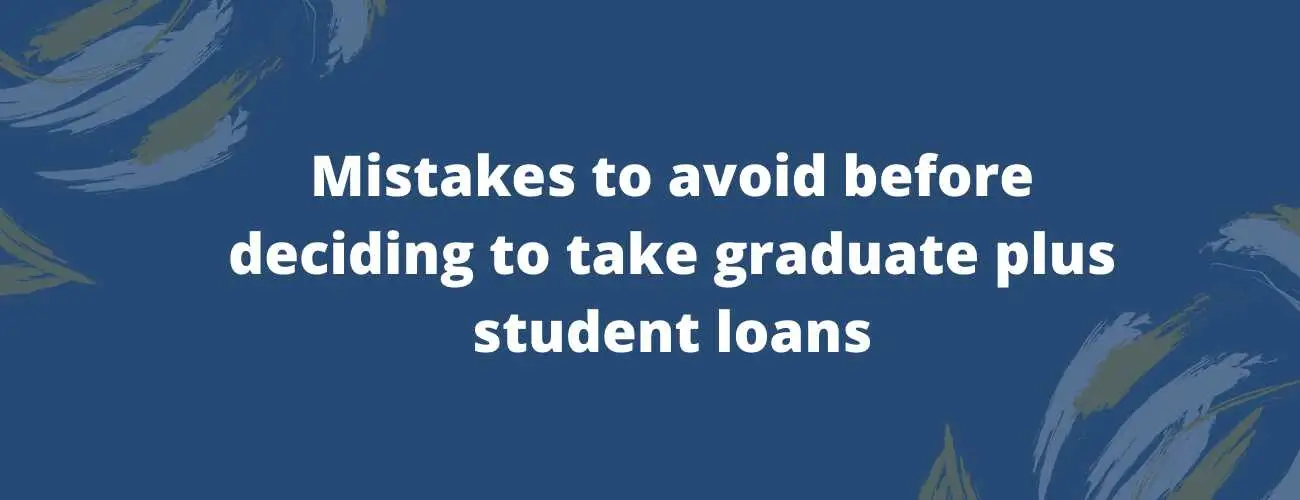Refinance Or Consolidate Defaulted Student Loans - All You Need To Know
Defaulted on your Student Loans? Don't worry, here's how you can handle defaulted student loans. And yes, Refinancing can be your option.
Updated by Akshata Patil on 7th October 2020
A student loan gets into default when you fail to make the repayments as per your contract or promissory note. There are other reasons for your loan to default such as
-
you have not paid the payments for too long
-
you have violated the terms and conditions of the loan
-
you have committed fraud while enrolling for the student loan
But the major reason for the student loans to get into default is non-payment for a long period. This default time varies depending on the type of loan. If you do not keep a track of your payments, there are high chances you may forget to make on-time payments. When you don't make monthly payments for beyond 270 days your federal student loans move to default. Default loans can negatively affect your credit scores and borrowing a loan again in the future can be very challenging. But what if you have already defaulted your student loans? This article provides assistance and guides you on how to approach default student loans.
Table of Contents
- Private and federal student loan default
- Refinancing defaulted federal and private student loans
- Consolidation of student loans
- Alternatives for refinancing federal student loans
- Consequences of Defaulting on student loans
Private and federal student loan default
First, you fall into delinquency for your private student loan and then you default. It means that your loan becomes delinquent when you miss a payment or three payments. Your loan will be delinquent for 90 days or 120 days, after this period your private lender will report the missed payments to the three major credit bureaus.
Private student loans go into default sooner than federal loans as it completely depends on your private student loan lender.
Note: The period for delinquency differs from lender to lender. On a general scale, the delinquency period may be from 90 to 120 days. Check with your lender or the promissory note that you have signed to know the specific period for delinquency.
Non-payment of loan → Delinquency → exceeds 90-120 days → Default
Federal student loan default
You default on your federal student loan after failing to make payments for 270 days i.e nine months. Federal Perkins loan default immediately on nonpayment. The period for defaulting depends on the type of loan you have. You must know that once you default on a federal loan you will lose your eligibility for Public Service Loan Forgiveness.
If you have trouble making payments then you need to contact your loan lender as soon as possible. You can request a postponement of payments to be made or speak to your servicer for any other form of temporary relief.
Once in default, you will get the opportunity to experience the power of the government through its collection tactics. Which will be talked about in detail below.
Non-payment of loan → Delinquency → exceeds 270 days → Default
Learn more about Student loan default and delinquency
Explore more about best private student loans
Refinancing federal and private defaulted loans
Unlike federal loans, private student loans do not have any specific recovery options. As the loan contract, terms and conditions differ from service lender to lender. It is the same situation for the recovery options provided.
-
You can contact your lender and ask for the available remedies. Negotiate with your lender and come to a student loan settlement for less than what you owe.
-
The private student loan market is not standard unlike the federal market and is complicated and unpredictable. You can opt for a lawyer who is specialized in student loans, understands the system and your rights.
-
Depending on your private lender you can consider applying to refinance with cosigner backing and also keep working on your credit score.
Before borrowing loans from any lender make sure you are aware of their repayment plans so you can make the best use of them.
Refinance Defaulted Federal Student Loans
Refinancing your defaulted student loan is difficult but not impossible.
To refinance your student loan you need to prove the lender that you have a good and stable income and a good credit history. But if you had a great income and a good credit score do you think you would default on your loans? Of course not.
-
The only last option that you’re left with to qualify for refinancing is a cosigner. The lender may not accept you but will be ready to accept a cosigner with a good and stable income with a good credit score.
-
The co-signer must meet the other eligibility criteria to qualify for refinancing like he must be a U.S citizen, must not have any defaults on his name, and so on.
-
Student loan default affects your financial, professional, personal life drastically. Therefore it is advised to take measures to not enter default.
-
Postpone student loan payment can also be a useful option to consider.
Finally, with all these support from ED and private lenders, gradually the number of default loans is declining as years pass by. Student loan rehabilitation is a disciplinary action taken to get out of default, which requires you to pay 9 months of repayment on time and the default status will be removed. It is necessary, to understand how important it is to avoid student loan defaults as it can affect you in multiple ways.
Worried about your college tuition? Learn more about best student loans
Consolidation of defaulted student loans
Once your student loans are defaulted, as commonly known your credit scores are going to take a hard hit. In such instances how do you manage your defaulted student loans? The best way is to consolidate your student loans. Consolidating is a process of combining multiple loans into a single loan and also have new repayment terms and interest rates. Typically consolidation is performed for federal student loans. Once you consolidate student loans, you get to choose the income-driven repayment plan, that helps you build your credit scores. If lucky, chances are that your new consolidated loan can have lower interest rates than the previous loan. Gradually you can apply for loan forgiveness programs like PSLF, and if you manage to make consecutive payments, you will be eligible for loan forgiveness.
Process of consolidating your federal student loans
-
Login to the federal student Aid website, download to fill the details to consolidate your student loans
-
Once the department of education receives your mail, they take 15 days to review and approve the consolidation process
-
They review your repayment plans and the interest rates to be provided
-
Once completed the agency will contact to inform the same and provide details about the interest rates etc
-
If you are facing any temporary financial crisis, you can apply for forbearance
-
Your defaulted amount and penalties will be added to the principal amount of your newly consolidated student loans
Learn more about Student loan consolidation
Alternatives for refinancing
When you don’t qualify for refinancing you can ask your parents, relatives, or friends to be your cosigner if they qualify. In case, you don’t want to risk harming your co-signers' credit history and score or want to handle the loan independently you can go for the below alternatives.
-
Loan Rehabilitation
-
Loan Consolidation
-
Repayment Option
1. Loan rehabilitation
One way to get out of default for your federal student loan is loan rehabilitation. To qualify for rehabilitation within 10 consecutive months you have to make nine monthly payments.
Generally, the monthly payment is determined by 15% of your annual discretionary income.
In case, you can't afford the above-mentioned monthly payments you can ask for alternative monthly payments. This alternative monthly payment will be calculated on your net monthly income that you are left with after your monthly expenses are deducted. For which you have to provide necessary documents such as your monthly income and expenses and a completed Loan Rehabilitation: Income and Expense Information form.
If you want to improve your credit report loan rehabilitation is the best option.
Note: you can rehabilitate your student loans only once in a lifetime. Student loan rehabilitation is the only option that removes the default remark from your credit report. But that does not erase your previous late payments from your report.
2. Student loan consolidation
You can consolidate your defaulted student loans into a new loan and repay it as a new loan. You can qualify for loan consolidation by doing either of the following-
-
You can make three full, on-time, consecutive monthly payments on the defaulted loan
-
Consolidate all your loans into one new loan and repay your new loan under an income-driven repayment plan
Compared to loan rehabilitation, loan consolidation is the quickest way to get rid of default. But consolidation is not the quickest way to get out of default, repayment is. Let us read how it is the quickest remedy.
If you want to resolve the default quickly, you can go for loan consolidation.
Note: Consolidation does not remove the default remark from your credit report.
3. Repayment option
When you default on your student loans, the entire amount becomes due. Under repayment, you can completely pay back your liable amount at once and become debt-free. But in case you are incapable of repaying the entire amount, you can negotiate with your lender and come up with a student loan settlement whose amount will be less than what you owe.
If you want to get rid of your debt at one pay, repayment is your chance.
Caution!
Dealing with the default student loans must be very tricky and painful but do not turn to personal loans to repay these default loans as they have higher interest rates than student loans.
Looking to refinance your student loans? Find the best student loan refinancing lenders
Consequences of defaulting on student loans
Going into default is not a good sign and has a long time consequence. It not only damages your credit score but also affects your working life in the following ways:
-
Your wages, tax refund, and Social Security benefits will be garnished
-
You will lose your eligibility for deferment, forbearance, and other repayment plans
-
You will lose your eligibility for future federal financial aid
-
You may be demanded immediate repayment of your balance and interest
-
Be an obstacle preventing you from buying or selling real estate
-
You will be charged for the costs that come along with the collection process
-
Your credit report will be impacted negatively for 7 years
-
You will owe more money including late fees and interest amount
Beyond financial and professional life it also impacts personal life emotionally:
-
Due to failure of payment, you will develop a sense of disappointment
-
It will spoil your relationship with the cosigner since it affects their credit score
-
Relationship stress with spouse and parents
-
It affects your mental stability
Caution!
Dealing with the default student loans must be very tricky and painful but do not turn to personal loans to repay these default loans as they have higher interest rates than student loans.
Other blogs you may be interested in
| Minumum Credit Score | Apply in as little as | Variable APR | Fixed APR | ||
|---|---|---|---|---|---|
 | Not Available | 15 minutes or less | 2.95 | 4.74 | View disclosures |
 | 620 | 2 minutes | 5.38%-16.99%1 | 4.43%-16.99%1 | View disclosures |
 | Not Available | 15 minutes | 1.13% - 11.23%¹ (with autopay) | 3.50% - 12.60%¹ (with autopay) | View disclosures |
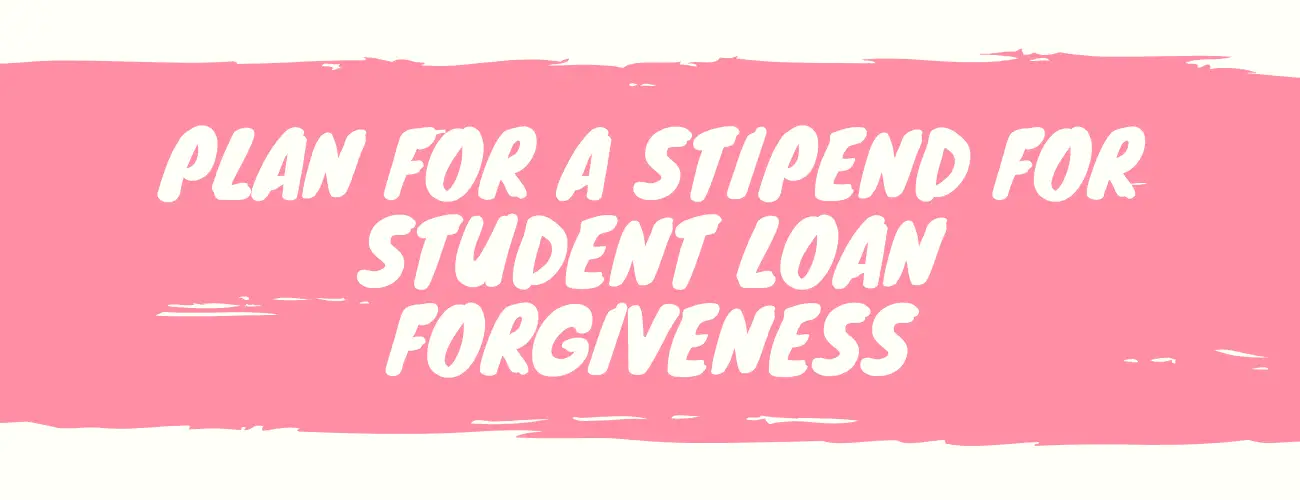
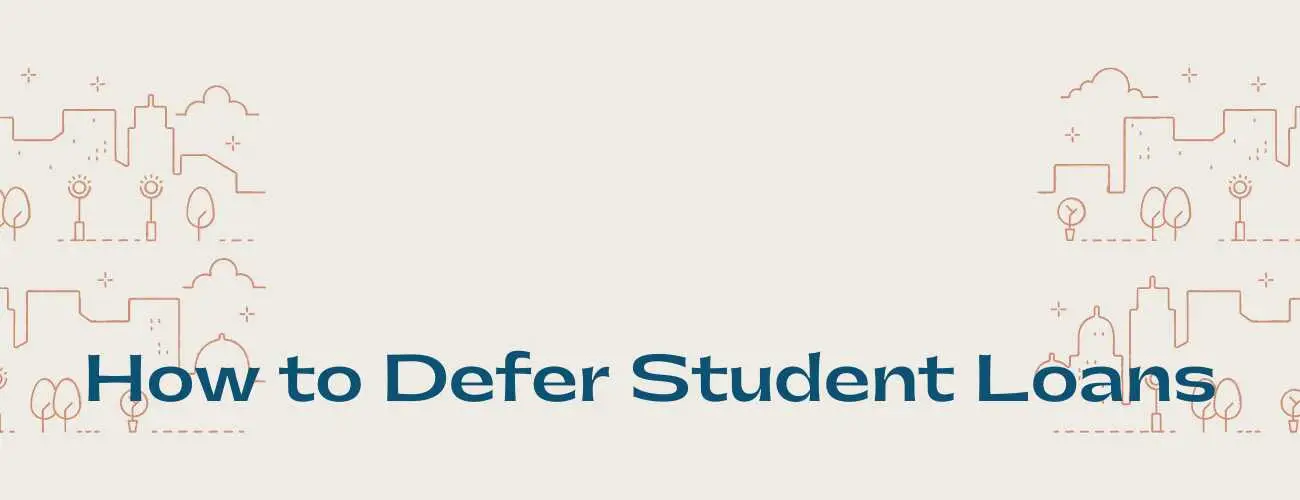
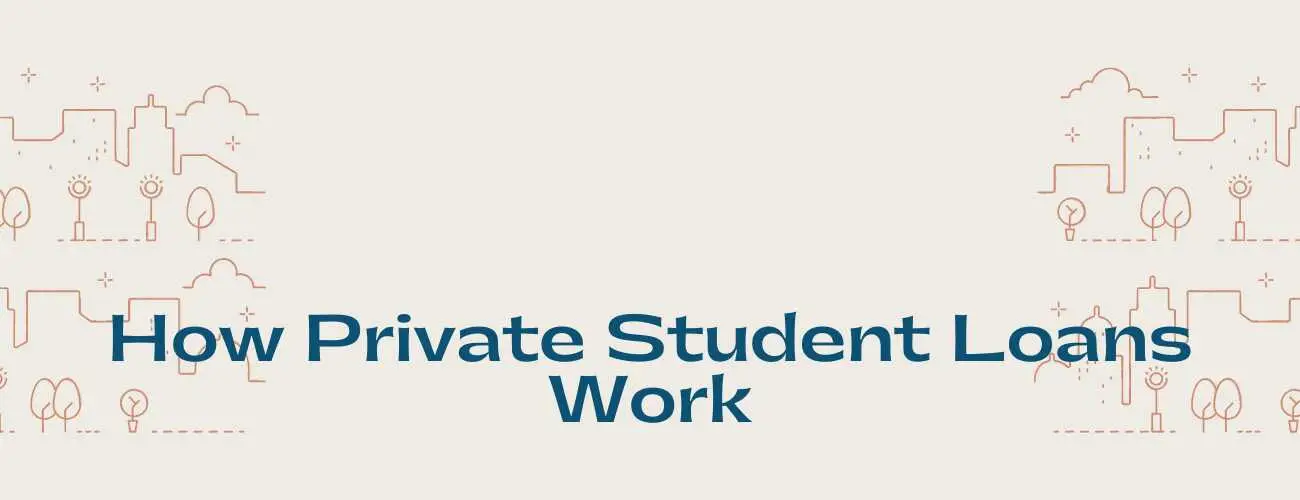
93.jpg)
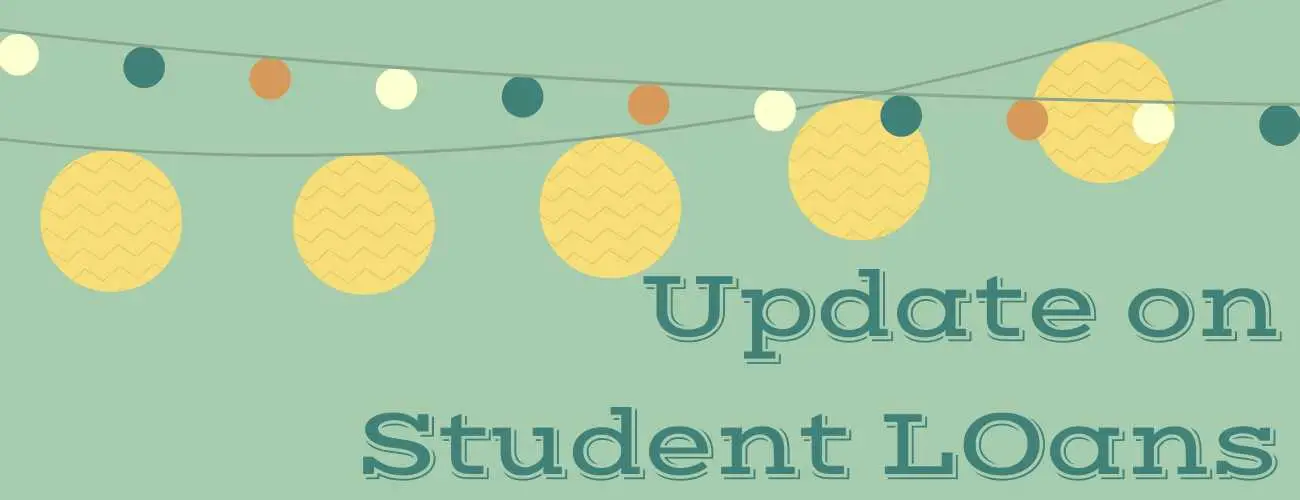
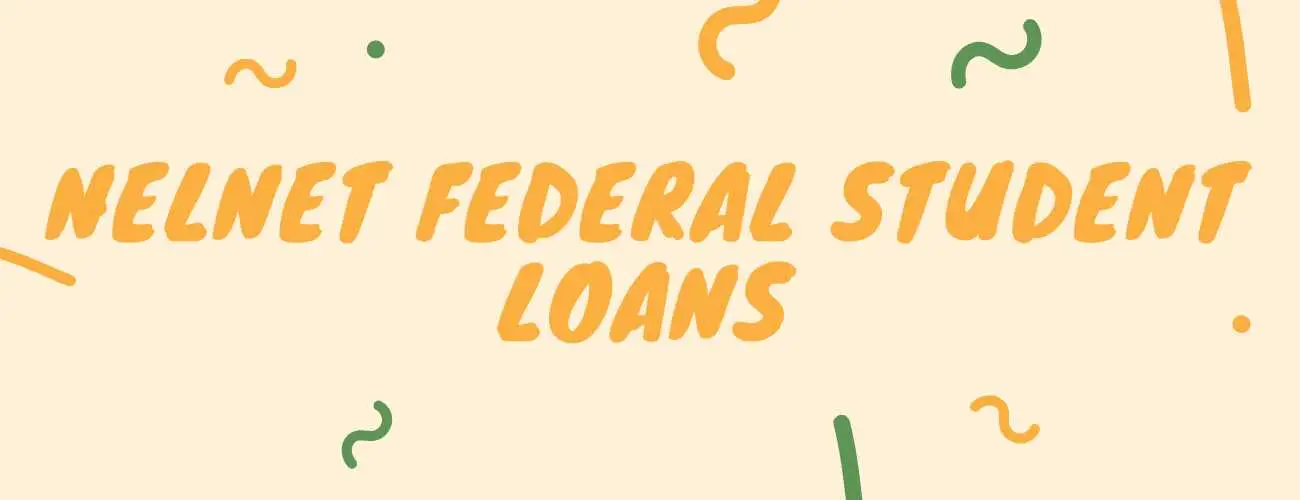
28.jpg)
